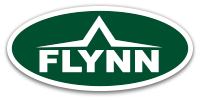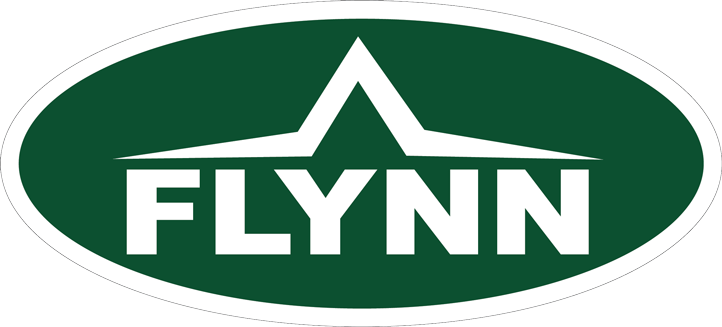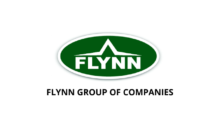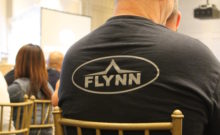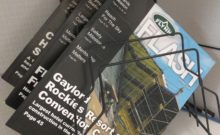What is a project autopsy?
A project autopsy (Post-project review) is a review performed at the completion of a project. This review helps close the loop of learning and not repeat mistakes, critically look over the job costs in terms of estimated versus actual, and to improve performance on future construction projects. Beginning in 2018, each branch has been tasked to do at least 4 reviews every six months. Below are the most recently compiled key “Lessons Learned” from over 100 collected Autopsy reports across over 25 branches in no particular order.
What do I do with this list?
One of the best ways to learn is from past mistakes and experiences. We get that not every job is the same, but after going through reports from over 25 branches we found that different jobs in different areas can experience similar issues. In order to communicate these lessons-learned to everyone, we encourage groups in all stages have a nice sit-down meeting over donuts and coffee and go over the list below. Another suggestion is going over these lessons learned at a hand-off meeting before the start of a new project. The important thing is these key lessons are shared and we are learning from it. Let us know how you are sharing knowledge with your peers, send us an email at [email protected] and your group might be featured on the next newsletter.
Where can I find these reports?
In your PIL homepage there is a link to all Project Autopsies. Hopefully, we’ll have enough to compile for the next newsletter.
________________________________________
Out of Town field forces – When sharing field resources with other offices, communication is very key. Out of town field forces need to know expectations of the project before starting. A pre-start meeting with estimating and project management, like a hand off meeting, or pre-construction meeting, needs to take place with the new crew. Sending them straight to the job site and instructing them what to do, creates problems. Take the time to review everything with them ahead of time
Downtown Work – When we work on a downtown project, in tight confined spaces, we NEVER allow enough labour. The estimating team needs to understand that allowing a little extra labour for working in these conditions is not enough. We must factor in, all the other trades that are working in these same conditions, and that has a greater impact on us. Other trades material in the way, waiting for it to get moved, tight material deliveries, it’s endless. How many times do these types of jobs run over on labour? we need to estimate more labour from the start.
The Right Crew – Having the right foreman and the right crew for that specific scope is critical. Estimates don’t include for a “learning curve” for unfamiliar work to crews.
Overstocking – Unplanned Material moves – Ordering excessive amounts of material and overstocking the roof or ground, can result in many unplanned moves of material which would not be accounted for in an estimate. Properly take time to plan work in stages.
Crew Continuity – Having crew continuity is vital to a successful project. Changing crews or adding manpower will increase inefficiencies.
Roof Vac Leaks – Leaks due to Roof Vac. If the roof membrane is in rough shape, only Vacuum areas in immediate need. If you vacuum the entire roof with a deteriorating membrane, this can cause leaks in areas we don’t plan on getting to for a while, resulting in repairing the areas temporarily or adding costs that would not have been accounted for.
Careful Sequencing – Moving manpower around to please the GC or contractor will drive the labour up, especially when areas are not ready. The sequence needs to be discussed before starting.
Effective Scheduling – It is effective to look further ahead than the GC to anticipate schedule delays and notify them immediately. Work from OUR schedule and NOT theirs. By outlining how much time will be required as early as possible and constantly updating our requirements and delays by others, we will be better able to avoid having to work un-estimated hours or acceleration costs. We will be able to provide documentation showing our due diligence. It is much easier and cost effective to plan a schedule as opposed to reacting to one.
Estimating for new and unfamiliar products – Always estimate more labour than expected, for any new or unfamiliar products. There is a learning crew with everything involved.
Foreman & TSC – Make sure to have the project manager involve the crew foreman of the TSC processes when being used.
Quality Control & Subs – Flynn needs to provide additional quality control when using any subs to our projects.
Multi-scope Communication – Internal communication between our divisions needs to improve. Too many times we “thought” our other scope was “picking that up”. When we have multiple crew forces for different scopes, a startup meeting with all scopes will solve issues before they happen.
TSC – The introduction of TSC was a massive benefit to us and the client, especially on difficult projects.
Panel Crating – The Crating of Accumet panels needs reviewing! Damage during transport remains an issue on every project.
Matching Copper – Whenever using copper, make sure client is aware it will look completely different than anything existing, some do not know the aging process. Communication is key.
Estimating OCIP Training – We need to allow additional money when dealing with OCIP training. Estimating should properly allocate costs for this.
Mobilization, be Creative – Always look for more efficient ways to mobilize on site. Be creative, just because the estimate carried a crane, does not mean we have to use one.
Partnerships – Our excellent reputation with the owner helped limit our competition at the bidding phase and came with preferred contractor recommendations. Partnerships work!
All hands on Deck from the beginning – Every estimate for large projects should always have another set of eyes. From reviewing the labour and materials, and double checking the area involved is critical.
